Tomatoes are among the most popular and rewarding vegetables to grow at home. Whether you’re an experienced gardener or a beginner, growing tomato plants can be a fulfilling experience — especially when you harvest a bountiful crop of juicy, flavorful tomatoes. But to get a high yield, tomatoes require specific care throughout their growing cycle.
This comprehensive guide will walk you through everything you need to know about how to care for tomato plants to maximize your harvest. From planting tips to watering, fertilizing, pest control, and harvesting — every step counts toward producing healthy plants and abundant fruit.
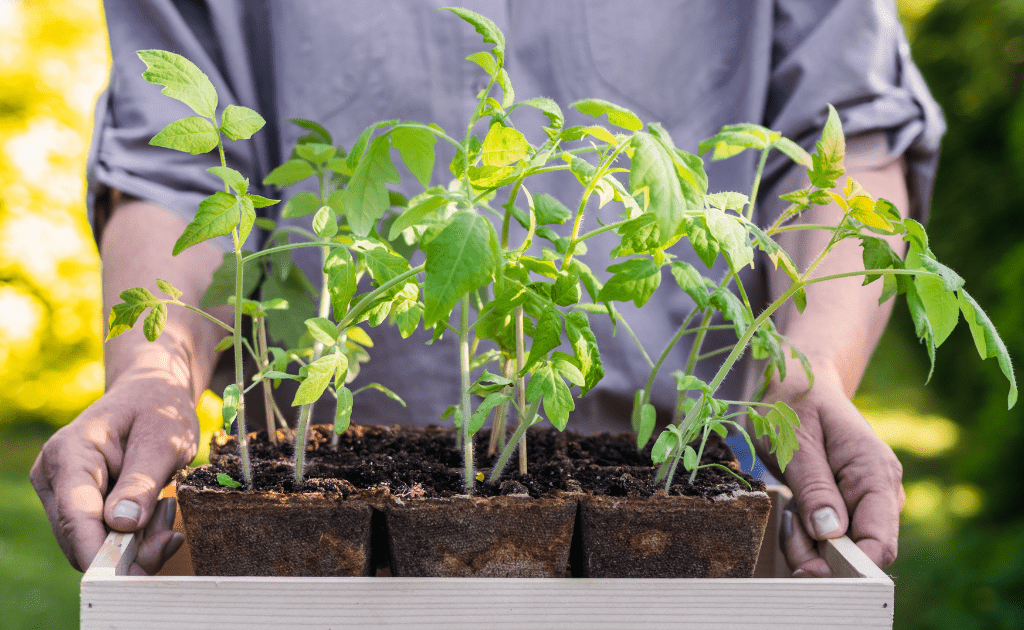
1. Choose the Right Tomato Variety
The journey to a high-yield tomato harvest begins with selecting the right variety for your climate and garden space.
- Determinate vs. Indeterminate:
- Determinate tomatoes grow to a fixed size, produce fruit all at once, and then stop. Great for container gardening and short seasons.
- Indeterminate varieties keep growing and producing fruit all season until frost. Ideal for extended harvests and larger gardens.
- Consider your local climate, space availability, and intended use (fresh eating, canning, sauces) when selecting varieties.
- Choose disease-resistant varieties to reduce pest and disease problems.
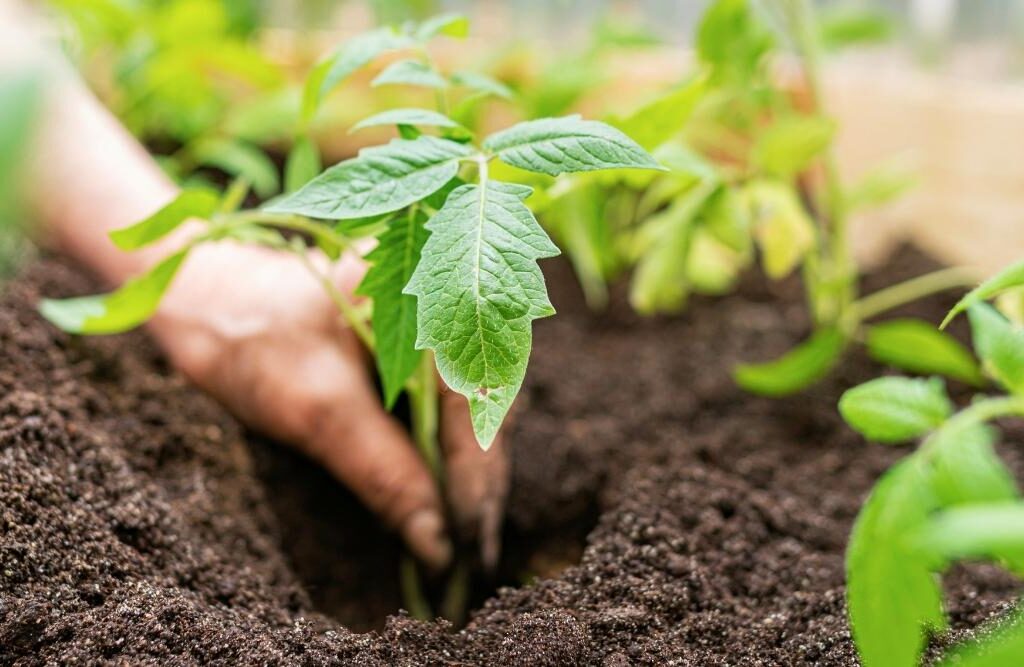
2. Start with Healthy Seedlings or Seeds
- If starting from seeds indoors, plant 6-8 weeks before the last frost date.
- Use quality seed-starting mix and keep the soil moist and warm (70-75°F) for successful germination.
- Harden off seedlings by gradually exposing them to outdoor conditions for 7-10 days before transplanting.
- If buying seedlings, select sturdy plants with no signs of disease or pests.
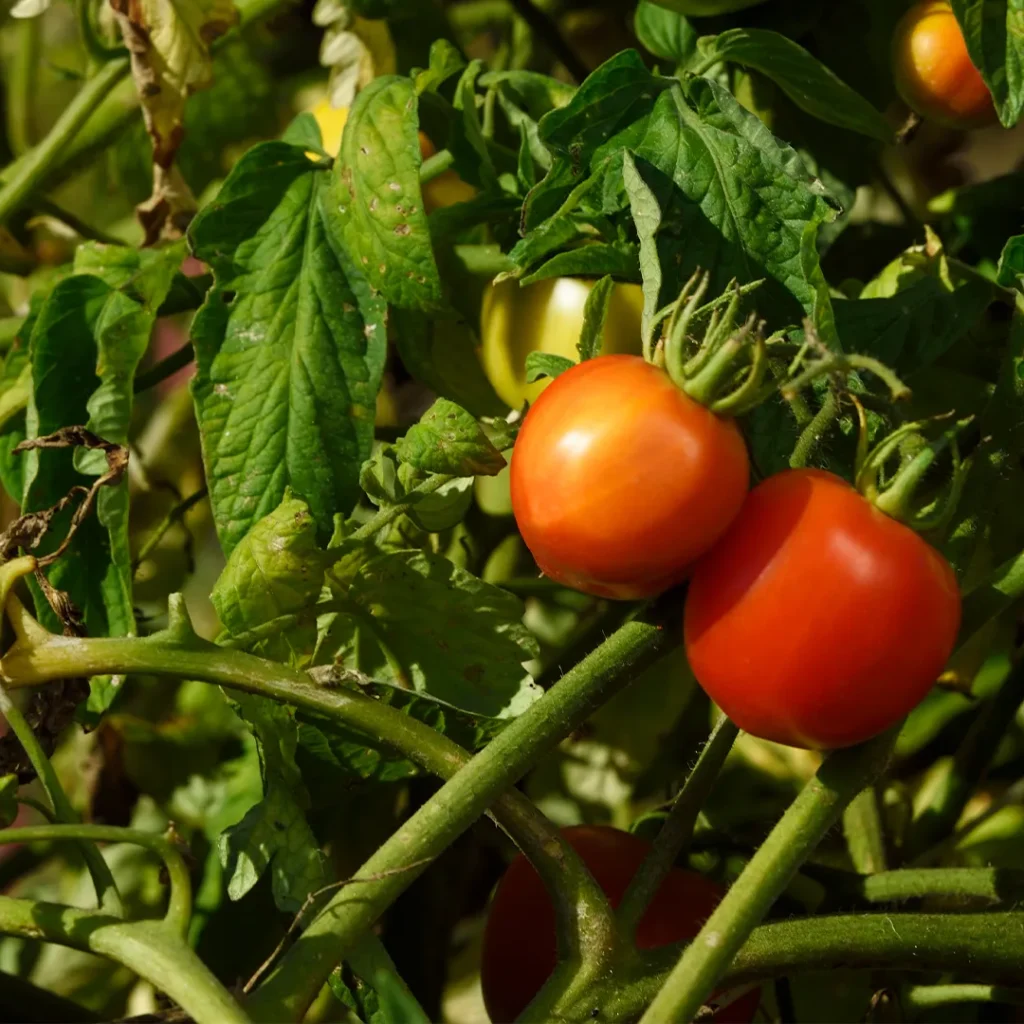
3. Prepare the Soil Properly
Healthy soil is key to strong tomato plants and a large yield.
- Tomatoes thrive in loose, well-draining soil rich in organic matter.
- Aim for a soil pH of 6.0 to 6.8, slightly acidic to neutral. Test your soil and amend if necessary.
- Work in compost or well-rotted manure to boost fertility and improve soil structure.
- Avoid planting tomatoes in the same spot year after year to prevent soil-borne diseases — practice crop rotation.

4. Planting Tomato Plants Correctly
- Space plants about 18-36 inches apart depending on the variety to allow good airflow and growth.
- When transplanting, plant tomatoes deep — bury two-thirds of the stem, including the lower leaves. This encourages strong root development.
- Add a handful of balanced fertilizer or bone meal into the planting hole for initial nutrition.
- Mulch immediately after planting with straw, shredded leaves, or black plastic to conserve moisture and prevent weeds.
5. Provide Adequate Sunlight
Tomatoes require full sun for optimal growth and fruit production.
- Ensure your tomato plants receive at least 6 to 8 hours of direct sunlight daily.
- Lack of sufficient sunlight results in weak plants, fewer flowers, and reduced fruit yield.
- If growing indoors or in containers, consider supplemental grow lights.
6. Watering for High Yield
Proper watering is crucial but often misunderstood.
- Tomatoes prefer deep, consistent watering rather than frequent shallow watering. This encourages roots to grow deeper.
- Aim to keep the soil evenly moist but not waterlogged. Overwatering can cause root rot and split fruit; underwatering leads to blossom end rot and poor fruit set.
- Water early in the day to reduce leaf wetness overnight, which can promote fungal diseases.
- Use drip irrigation or soaker hoses to water at the soil level and avoid wetting leaves.
7. Fertilizing Tomato Plants
Tomatoes are heavy feeders and benefit from regular feeding.
- Start with a balanced fertilizer at planting time (e.g., 10-10-10).
- Once flowers begin to form, switch to a fertilizer higher in phosphorus and potassium (e.g., 5-10-10) to encourage flowering and fruiting.
- Feed every 3-4 weeks during the growing season.
- Avoid excess nitrogen, which promotes lush foliage but fewer fruits.
- Consider side-dressing with compost or organic fertilizers like fish emulsion or seaweed extract.
8. Support Your Plants
Proper support prevents damage and promotes air circulation, reducing disease risk.
- Use cages, stakes, or trellises depending on the variety and space.
- For indeterminate tomatoes, stake or trellis plants and prune suckers (side shoots) to focus energy on main stems and fruit.
- Determinate types generally don’t require much pruning but still benefit from support.
9. Pest and Disease Management
Keeping your tomato plants healthy means proactively managing pests and diseases.
- Common pests: aphids, tomato hornworms, whiteflies, spider mites.
- Use natural controls like handpicking, neem oil, insecticidal soap, or introduce beneficial insects like ladybugs.
- Prevent diseases by providing good airflow, watering at soil level, rotating crops, and removing infected plants promptly.
- Watch for signs of blight, fusarium wilt, blossom end rot, and tomato mosaic virus.
10. Harvesting Tomatoes for Maximum Yield
Knowing when and how to harvest encourages continuous production.
- Pick tomatoes when they are fully colored and slightly soft to the touch. Different varieties have different mature colors (red, yellow, orange, purple).
- Harvest regularly to encourage the plant to produce more fruit.
- Avoid leaving overripe fruit on the vine, which can attract pests and diseases.
- For large fruits, use clippers or scissors to avoid damaging the plant.
Bonus Tips for High Tomato Yields
- Prune wisely: Remove lower leaves to improve air circulation and reduce soil splash that spreads disease.
- Use reflective mulch: This boosts light exposure and deters some pests.
- Rotate crops annually: Prevents soil-borne diseases and nutrient depletion.
- Pinch off flowers in the first two weeks: This encourages stronger root and stem development.
- Use companion planting: Plants like basil, marigolds, and garlic can repel pests and enhance growth.
Troubleshooting Common Problems
- Blossom End Rot: Caused by calcium deficiency and inconsistent watering. Maintain steady moisture and add calcium supplements if needed.
- Yellow Leaves: Could indicate overwatering, nutrient deficiency, or disease. Assess watering habits and consider fertilizing.
- Cracking Fruit: Usually from irregular watering. Maintain consistent soil moisture.
- Poor Fruit Set: Could be due to lack of pollination, excessive nitrogen, or too much heat. Hand pollinate flowers if needed and balance fertilization.
Conclusion
Growing tomatoes for a high yield requires attention to detail and care throughout the season. From selecting the right variety to maintaining ideal soil conditions, watering properly, feeding adequately, and managing pests and diseases, every step plays a vital role in maximizing your tomato harvest.
By following these 10 essential tips, you can enjoy fresh, homegrown tomatoes bursting with flavor and nutrition. With patience, practice, and love for your garden, your tomato plants will reward you with an abundant bounty that enhances your meals and gardening experience.
Happy gardening!


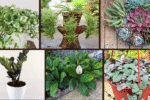

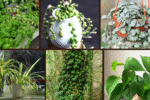
Leave A Comment